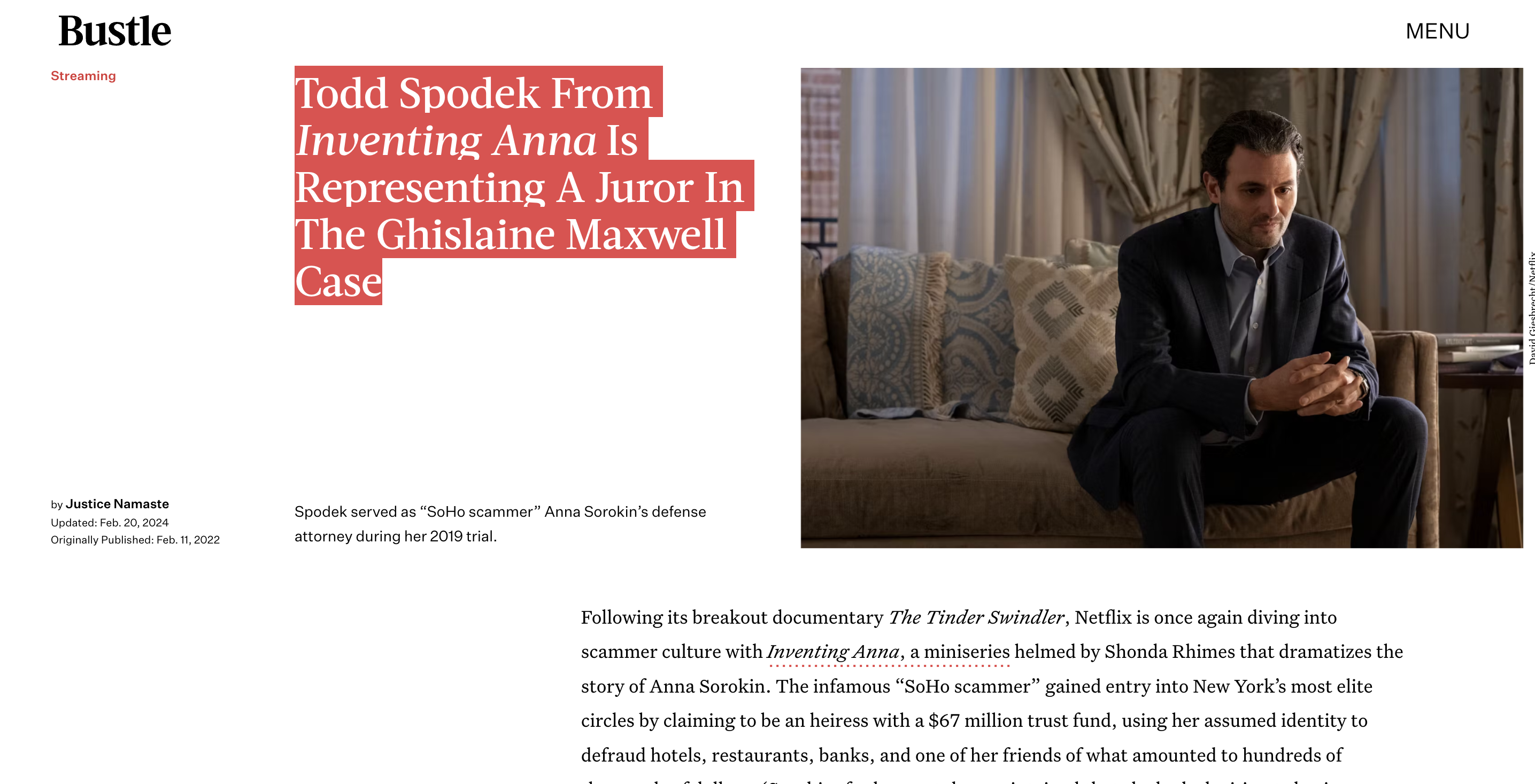Blog
How Asset Forfeiture Applies to Counterfeit Raids and Arrests
Contents
- 1 How Asset Forfeiture Applies to Counterfeit Raids and Arrests
- 1.1 What is Asset Forfeiture?
- 1.2 Major Counterfeit Raids Where Asset Forfeiture Was Used
- 1.3 How Asset Forfeiture Works in Counterfeit Cases
- 1.4 Controversies Around Asset Forfeiture in Counterfeit Raids
- 1.5 Famous Cases of Asset Forfeiture in Counterfeit Arrests
- 1.6 Defending Against Asset Forfeiture in Counterfeit Cases
- 1.7 How Forfeited Assets Are Used by Law Enforcement
- 1.8 Ethical Considerations Around Asset Forfeiture in Counterfeit Cases
- 1.9 The Future of Asset Forfeiture in Counterfeit Enforcement
How Asset Forfeiture Applies to Counterfeit Raids and Arrests
Counterfeit goods are a huge problem in the U.S. and around the world. The trafficking of counterfeit merchandise costs the economy billions of dollars every year in lost revenue and jobs. To crack down on this illegal activity, law enforcement agencies like Homeland Security Investigations (HSI) and local police departments conduct raids on storage facilities, warehouses, retail stores, and homes to seize counterfeit products and arrest the perpetrators. But how does asset forfeiture apply in these counterfeit raids and arrests? Let’s break it down.
What is Asset Forfeiture?

Asset forfeiture is a legal process that allows law enforcement to seize assets like cash, cars, homes, or any valuables that are connected to criminal activity. The assets can be seized through criminal forfeiture after someone is convicted of a crime, or through civil forfeiture without requiring a criminal conviction if there is a preponderance of evidence showing the assets facilitated or are proceeds of illegal acts.
In the case of counterfeit raids, asset forfeiture allows agencies like HSI to seize the fake products, manufacturing equipment, and any assets purchased with profits from the illegal counterfeit sales. The purpose is to disrupt and dismantle the counterfeit operations by taking away the tools and financial incentives.
Major Counterfeit Raids Where Asset Forfeiture Was Used
Here are some notable examples of major counterfeit raids where asset forfeiture played a key role:
- In August 2021, HSI worked with police in New York City to arrest four people running a multimillion-dollar counterfeit trafficking scheme. They seized over 6,000 fake items worth nearly $3 million if they were real. Asset forfeiture was used to take the counterfeit products, manufacturing equipment, and a luxury vehicle.
- In November 2023, HSI and partners conducted the largest counterfeit bust in U.S. history at storage units in New York City. They seized over 220,000 fake handbags, shoes, clothing worth over $1 billion if authentic. Asset forfeiture allowed them to take everything.
- A raid on a massive counterfeit operation in China in 2013 led to the seizure of fake products worth $1.26 billion. Asset forfeiture was used to take the huge cache of counterfeit shoes, handbags, watches, clothes.
How Asset Forfeiture Works in Counterfeit Cases
In counterfeit raids, there are some key ways asset forfeiture is utilized:
- Seize the raw materials, equipment, warehouses – Asset forfeiture allows law enforcement to take the raw supplies and tools used to manufacture the counterfeit goods. This includes the factories, storage spaces, production equipment. This disrupts operations.
- Take the finished fake products – All the finished counterfeit items like purses, watches, shoes are seized through forfeiture. This removes them from the market.
- Seize assets connected to profits – Any assets purchased with the money earned from counterfeit sales, like homes, vehicles, bank accounts can be taken through forfeiture. This takes away the incentives.
- Use civil vs criminal forfeiture – Much of the asset forfeiture in counterfeit raids is done through civil forfeiture without requiring criminal conviction, as long as there is evidence showing the assets facilitated the counterfeiting. This allows agencies to act faster.
Controversies Around Asset Forfeiture in Counterfeit Raids
While asset forfeiture can be an effective tool for counterfeit enforcement, there are some controversies surrounding its use:
- Due process concerns – Critics argue civil forfeiture circumvents constitutional rights like due process and property rights, allowing assets to be taken without convictions. There are arguments that the standards of proof are too low compared to criminal law.
- Incentive issues – There are concerns that asset forfeiture incentives in counterfeit cases lead to overzealous enforcement. Agencies may focus on maximizing forfeitures over public safety.
- Disproportionate impact – Low income communities and minorities tend to be more heavily impacted by forfeitures. There are questions if the seizure of assets is proportionate to the crimes.
- Difficulty challenging – Many people lack the resources to adequately fight back against forfeitures. This makes it easier for agencies to seize assets even in questionable circumstances.
Reforms have been proposed to address these issues, like shifting the burden of proof to the government and limiting civil forfeiture powers. But major changes have stalled in Congress. For now, asset forfeiture remains a go-to tool for law enforcement in counterfeit enforcement.
Famous Cases of Asset Forfeiture in Counterfeit Arrests
Here are some high-profile examples of asset forfeiture being deployed against individuals arrested for counterfeit crimes:
- In 2007, Canadian counterfeiter Kevin Xu was arrested in the U.S. for selling $6 million in fake golf equipment and sports jerseys. Authorities seized his Cadillac Escalade, Hummer H2, and Aston Martin through asset forfeiture along with millions in other assets.
- When hip hop star Lil Wayne was arrested in 2008 on gun and drug charges, police tried to seize his Miami beach house and Bentley through asset forfeiture because they were allegedly connected to drug proceeds. The forfeitures were challenged and later dropped.
- In 2018, the founder of torrent site KickassTorrents was ordered to forfeit $30 million in assets after being convicted of criminal copyright infringement. This included cash, real estate, luxury cars.
These cases show how aggressively law enforcement pursues asset forfeiture against individuals arrested in counterfeiting and piracy crimes. The threat of losing homes, cars, bank accounts is used as a deterrent.
Defending Against Asset Forfeiture in Counterfeit Cases
For those facing asset forfeiture in counterfeit cases, there are some legal strategies to try and challenge the seizures:
- Attack the evidence – Challenge if there is really a preponderance of evidence showing the assets facilitated counterfeiting. Make them prove the connection.
- Argue excessive fines – Seizing assets worth millions may violate the 8th Amendment prohibiting excessive fines. The value seized should match the crime.
- Claim hardship – Argue the seizure creates excessive hardship for family or employees if major assets are taken away. This can sometimes limit forfeitures.
- Request a hearing – In civil forfeiture cases, request a prompt forfeiture hearing to make your case before a neutral judge.
- Negotiate a settlement – Offer to forfeit some assets in settlement to avoid losing everything through litigation.
However, fighting back against federal agencies like HSI over asset forfeiture can be an uphill battle legally. Having skilled legal counsel is important. The government has powerful tools on their side.
How Forfeited Assets Are Used by Law Enforcement
A big criticism of asset forfeiture is the perverse incentive it creates – law enforcement agencies often get to keep and use the seized assets. Here is how agencies generally utilize assets forfeited in counterfeit raids:
- Budget enhancement – Forfeited cash and liquidated assets provide extra funding to pad budgets. This gives agencies more discretionary spending.
- New equipment – Forfeiture funds are commonly used to purchase new tech, weapons, surveillance tools. This gives a capability boost.
- Pay informant rewards – Cash rewards paid to informants who provide tips leading to major seizures. This creates incentives.
- Support investigations – Forfeited assets finance ongoing counterfeit investigations and undercover ops. This fuels further enforcement.
Allowing agencies like HSI to keep seized assets creates a reliance on asset forfeiture for funding. There are arguments this distorts priorities away from justice and public safety.
Ethical Considerations Around Asset Forfeiture in Counterfeit Cases
There are some ethical issues to consider regarding the use of asset forfeiture in counterfeit enforcement:
- Undermines due process – Is it ethical to seize assets without convictions under civil forfeiture? This subverts constitutional protections.
- Risks conflicts of interest – Letting agencies benefit from seizures creates conflicts around financial incentives over justice.
- Potential abuse/corruption – Does the lure of valuable seizures lead to cutting corners or trampling rights?
- Impact on marginalized groups – Forfeiture laws disproportionately impact minorities and low-income groups. Is this outcome fair?
Strong oversight and reforms are likely needed to ensure asset forfeiture is applied ethically. There are good-faith arguments on both sides. But these ethical concerns should compel re-evaluation of current practices.
The Future of Asset Forfeiture in Counterfeit Enforcement
Despite ethical concerns and pushback from civil liberties groups, asset forfeiture likely isn’t going away anytime soon as a tool for counterfeit enforcement. Some trends to expect:
- Continued aggressive use – Law enforcement has come to depend on asset forfeiture and will fight hard to keep these powers. Expect frequent aggressive deployment in counterfeit cases.
- Expansion to cybercrime – Authorities will try applying forfeiture more to seize cryptocurrency and online assets tied to counterfeiting and piracy.
- Push for reforms – Opposition will keep pressing for reforms like shifting burdens of proof and limiting civil forfeiture powers. But progress may be slow.
- More state restrictions – Some states may pass laws curtailing forfeiture powers, but federal agencies will likely still leverage broad authority.
Asset forfeiture provides important leverage to law enforcement in combating illegal counterfeiting rings. But ethical application and reform remain crucial as this controversial practice expands. There is a need to balance enforcement power with civil rights.
In summary, asset forfeiture is a potent weapon against counterfeiting that allows agencies to seize fake goods, equipment,profits, and assets connected to counterfeit crimes. This disrupts illegal operations and takes away the financial incentives. However, there are ethical concerns around due process and proportionality that merit thoughtful reforms. Asset forfeiture will remain a go-to enforcement tool, but its implementation should balance effectiveness against civil liberties.
Looking ahead, I expect asset forfeiture to continue playing a major role in counterfeit raids and arrests. Law enforcement has come to depend heavily on the ability to seize assets, so they will fight hard to maintain this power. We will likely see aggressive use of forfeiture in future high-profile counterfeit busts as authorities look to make examples out of counterfeiters by confiscating homes, cars, bank accounts and anything else of value.
However, opposition to perceived abuses will keep pushing for reforms. Civil liberties groups argue the standards of proof are too low compared to criminal law, allowing assets to be seized too easily without due process. There will be increasing pressure to shift the burden of proof more onto the government in civil forfeiture cases. But progress on reforms may be slow and piecemeal.
Another trend is using forfeiture as a tool against cybercrime. As counterfeiting and piracy continue moving online, authorities will try applying asset forfeiture more to seize cryptocurrency, domain names, and other digital assets tied to these crimes. But civil liberties advocates will warn this further expands forfeiture powers without oversight.
It’s unlikely federal law enforcement agencies like Homeland Security Investigations will voluntarily curb their own forfeiture powers. Strong oversight and statutory changes are probably necessary to ensure ethical application of asset forfeiture. There is a need to balance enforcement capabilities with constitutional rights. Asset forfeiture provides important leverage against counterfeiters, but its implementation merits thoughtful reform.









